Ricardo Yan II: A Young Queer Photographer's Journey
8 Share TweetDiscovering one’s style in photography can be a lifelong journey. From the first snap you take, you have endless possibilities of the kind of photographer you want to be and the subjects you want to capture.
Ricardo Yan II is best known for taking photos of the male figure and capturing the underground queer parties of Manila – taking inspiration from the nightlife photos of Studio 54. Today we talk to him about how a formal education in photography has influenced him and his plans for the future.
Can you tell us about yourself and how you started shooting on film?
I’m Ricardo Yan II, a photographer based in Manila, Philippines. My interest in photography started 14 years ago in grade six when we had a project called “photograph your friends.” I then used my grandfather's point-and-shoot camera to do that project so I guess I could say that I started shooting film at that time and later on became interested in shooting portraits.
Your college major was photography. How did this education affect you going forward in photography?
Studying photography at the College of Saint-Benilde has broadened my horizons in terms of knowledge of photography, as well as a great deal of exposure to different art forms. They provided me a space to freely create, and explore my interests as well as also train my eye on how to see things differently. Being in that environment I was able to collaborate with people may it be events, personal projects, the thesis of my friends, etc. Everything is within reach if you wish to collaborate, connect and share ideas.
Photography in Benilde is not just all about the technicalities; we also delved into its history and theory. One notable class I had was called "Looking at Photographs" or “LOOKPHO” as we call it, where we examine famous photographs and critique them and deconstruct them one by one. We read essays about photography by Roland Barthes, Walter Benjamin, Susan Sontag, John Berger, and Fred Ritchin. We also learned the history of photography which I think is important to anyone who wants to be a photographer, and also the history of Philippine photography where we examined photographs of Dean Worcester’s colonial photography and how it was used for propaganda. Another thing we studied was the work of Teodulo Protomartir which opened my mind that photography in the Philippines has long been here and it’s not just a new thing. It also opened my eyes to how colonialism still has its influences on our photography today.
With all the types of photography you were exposed to in school, which one did you gravitate towards?
I particularly gravitate towards portrait photography and fine art. I guess that’s where I find peace. Sadly not the most profitable for me yet, I’m still finding my way through it.
You mentioned learning about colonialism in terms of photography. Is the effect of colonialism still seen in the local photography scene today?
We can see it in how some editing of photos today still tries to brighten up the skin tone with filters. White complexion is much desired here and you can see it with the popularity of whitening products in the country. The advertising for these products depicts our natural Filipino complexion as ugly and unwanted. Because of this, there is a tendency for models to whiten their skin and go against our natural skin color as this is what is desired.
In recent years there has been a bigger backlash on this and our natural skin color has been more prevalent. Another is those “tribal” photos where Filipino photographers would exoticize their fellow Filipinos, especially those coming from the indigenous people, and label it as a cultural representation without respecting and representing these people properly.
You're known for shooting male portraits, especially nude or semi-nude. How did you decide you wanted to shoot this subject? I know it is related to your thesis. Can you expound on it a bit more?
That thesis is called Innocent Desire, where I explore my sexual awakening as a young gay kid, where something as basic as men’s underwear packaging was interesting to me. Growing up I learned that I wasn’t like the other boys and that I was gay. That gave me some shame, growing up knowing how our society condemns homosexuality. There was a lot of my subconscious thought working into that thesis because at first, I could not defend to my professors why I wanted to shoot male nudes or male bodyscapes, but later I learned that there was this longing in me to make peace with my young gay past self. Whatever I did back then was perfectly normal and nothing to be ashamed about because that was what I was attracted to.
The photos were presented with an ambiguous male portrait in the center and underwear packaging photos surrounding it, and photos of bits of male body parts like the biceps, chest, and buttocks that were photographed or cropped abstractly to give an idea but not the entire idea – much like the men I see on men's underwear packaging that have no heads or arms. I wanted to titillate or make them feel what I felt looking at those men on underwear packaging.
How was your experience photographing male models?
Usually, the models are my friends so they are comfortable already, or at least they aren't iffy or sketched out. But usually, I give an elevator pitch, or when I was in school I'd say I need a model for one of my classes and then get their details. Photographing guys can be hard as they have this veil of masculinity and it can be hard to take that off, but once I try to make them see their beauty they become more relaxed in front of the camera. Talking also makes it easier for everyone.
Among the male portraits and nudes do you have a favorite or most memorable picture or set?
Probably my favorite male portrait was this (above left) because it was shot so fast and it was the last shot on the roll that I had at that time. He was a friend of a friend. Something about his presence caught my eye and we ended up collaborating on some school homework and personal work from 2015-2016. He was my first model and had a strong impact in my formative years as a photography student at Benilde. He was kind of my muse, my obsession at that time, which turned into quite an unhealthy infatuation but I'm over it now a few anti-depressants later.
That experience led to another work called "Meltdown" which was shown at Futur:st back in 2019 where I showed a scan of a polaroid I took of him back in 2016, dragged across the scanner to distort the image. In a way, I was trying to obscure his face and make it something different that in a way represents how my world melted when I revolved around him and made him the center of my universe. As a recently out gay guy, I didn't know how dangerous it was to fall in love with a straight guy and for that he serves as a reminder not to do that again, and also as a cornerstone serves as the start of how I developed my gaze towards photographing men.

You also do nightlife photography, taking photos in Elephant Party and Futur:st. What made you want to shoot or capture these events and what's usually in your gear bag?
Oh yes! I enjoy taking photos of people in clubs. I think everyone is beautiful while they’re dancing. Shooting these events is pretty much inspired by the photos of Studio 54 and how glamorous they look. I love going to Elephant Party because everyone makes an effort to get dressed to be themselves.
At Futur:st it’s almost the same crowd but a little different too. I love how small the space is and how I can capture everyone’s faces with a wide-angle lens which gives a snapshot of what’s happening. Also both spaces are safe spaces for LGBTQI+ people like me. My gear varies from time to time but recently I’ve gravitated towards my Nikon FE with a 24 mm F2, Olympus EE3, Canon AE-1, and my flash with a hot shoe to pc sync cord adapter.
Who would you say are your influences and some people you look up to both locally and internationally?
My influences in photography would be Richard Avedon, Robert Mapplethorpe, and Andy Warhol. For local, I look up to Regine David, Bj Pascual, Veejay Villafranca, Cenon at Mav, and Koji Arboleda to name a few.
You shoot a lot of black and white photos. Why is this?
I used to shoot color when it cost 55–200 a roll but now I mostly shoot black and white because it’s cheaper and I develop my rolls personally with D76 or with Fotofabrik’s Parodinal, their version of Agfa’s Rodinal. At first, it was an economic choice now it’s kind of growing into an aesthetic choice. I think it brings out the personality more of the person than other things that I think can be distracting.
What are your plans and goals for the future?
I've been going through a tough time personally but I still remain very hopeful. I didn't have time to pursue personal projects due to what I had been facing but luckily I was compensated for my photos of Elephant Party. In the next five years, my plan is to get myself going with clients and get paid for it. Be more professional and to shoot regularly. I plan to do group shows and hopefully a solo exhibition so I can start with my masters. I’d like to get my work and name out by then like my idols. I also want to make it in one of those glossy magazines. Also hopefully have my own studio.
Any advice you want to share with the Lomography Community?
Being an artist is like putting your heart on display. You have to be prepared for that and always try to shoot with intention so you could justify your work.
We thank Ricardo for sharing his story with the Lomography Community. To see more of his work you can check out his main Instagram and his other page dedicated to the people he meets or finds interesting. If you wanna share your photography story with us contact me at @rocket_fries0036.
written by rocket_fries0036 on 2022-11-02 #culture #people #party #nightlife #manila #black-and-white #portrait #men #techno #male #college #drag #b-w #queer #lgbt #lgbtqia
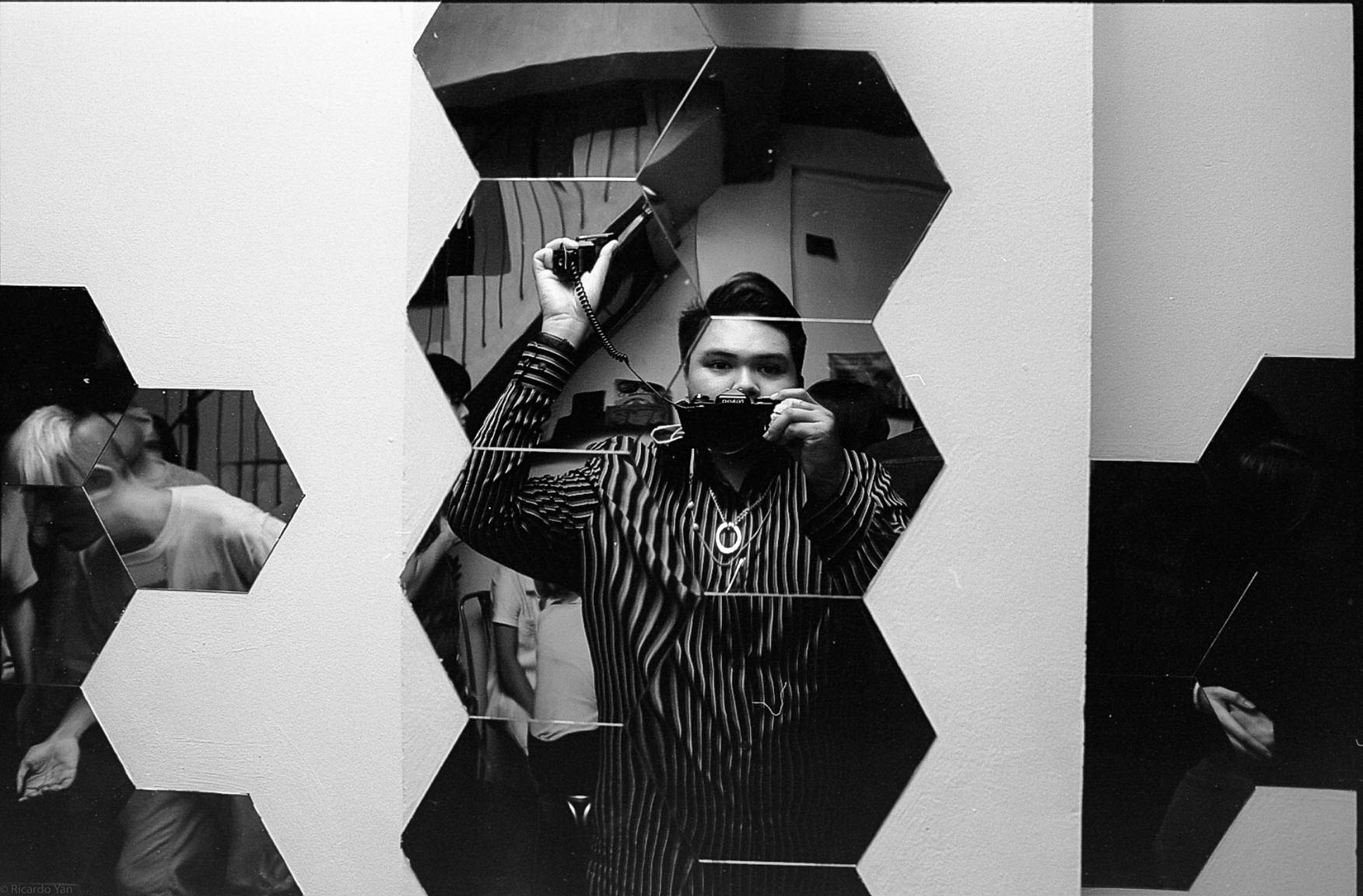
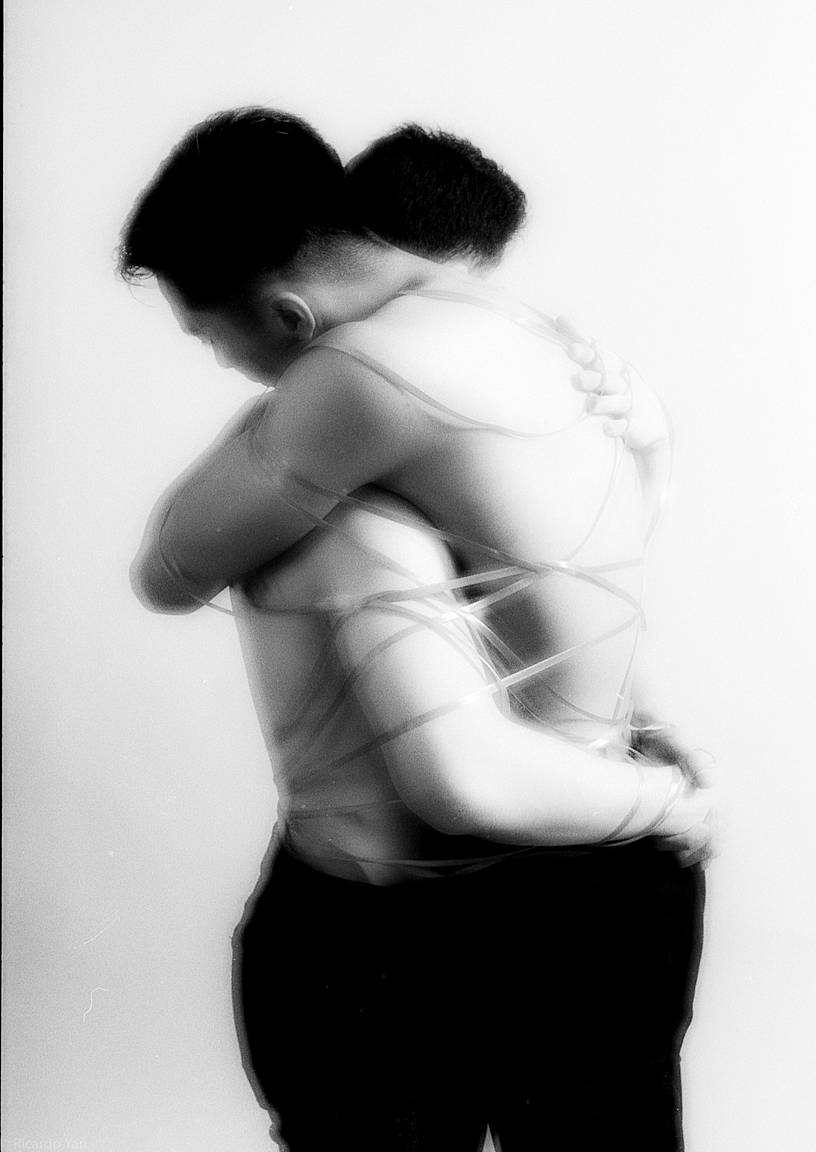



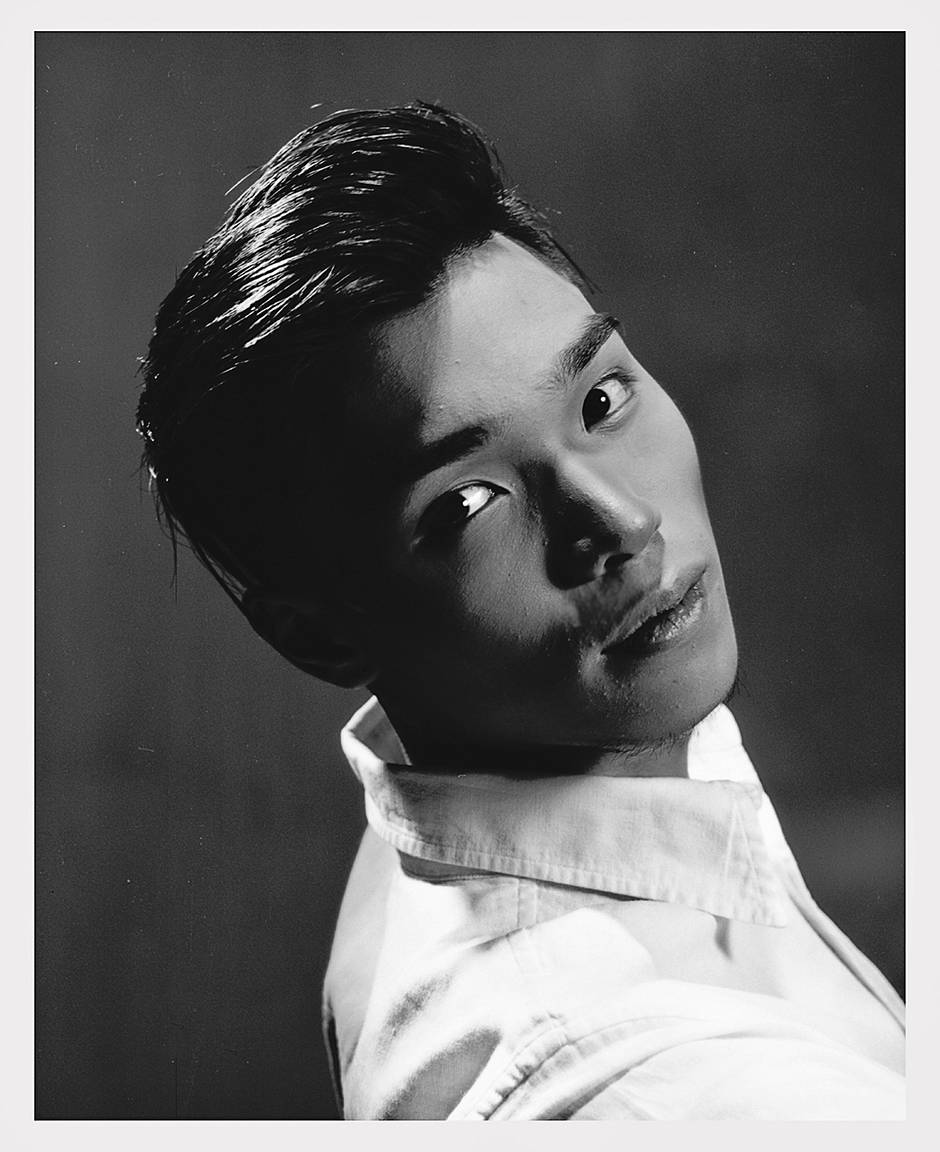
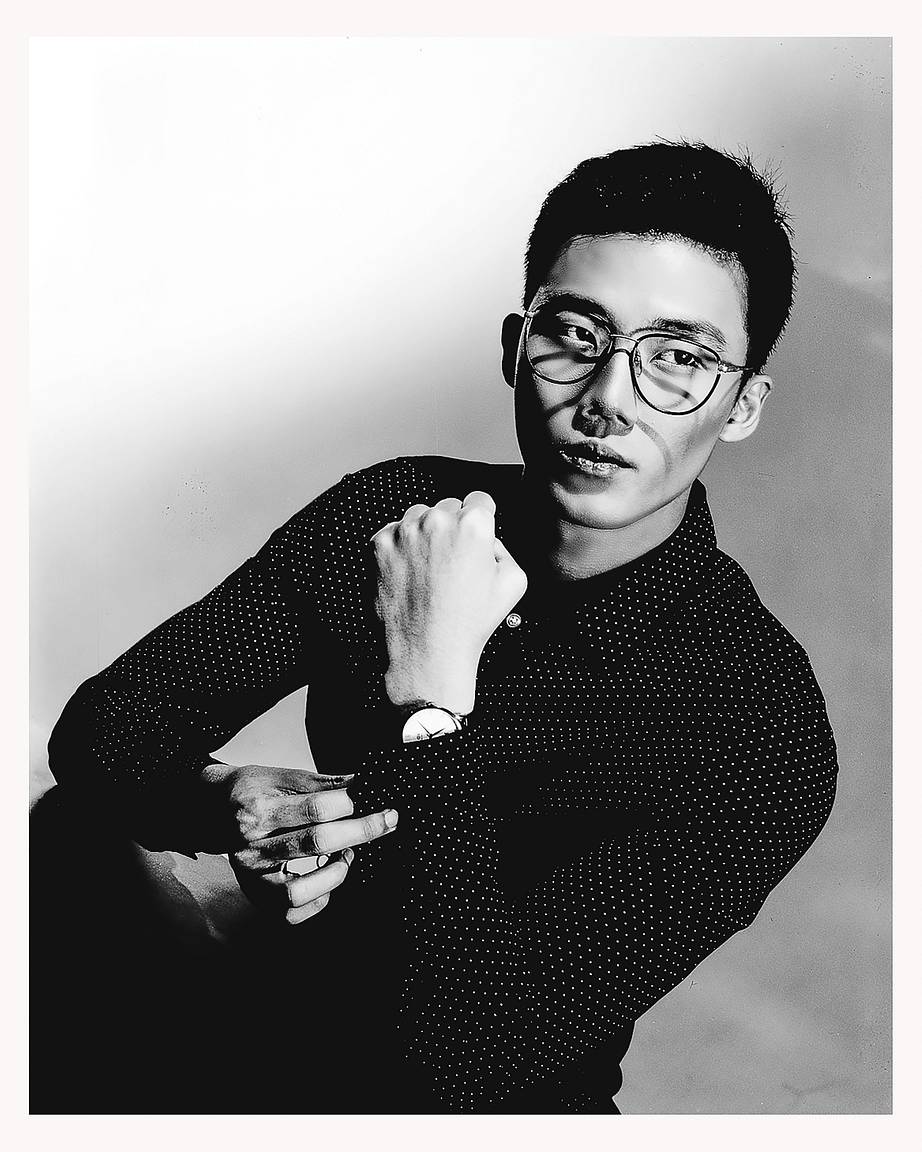






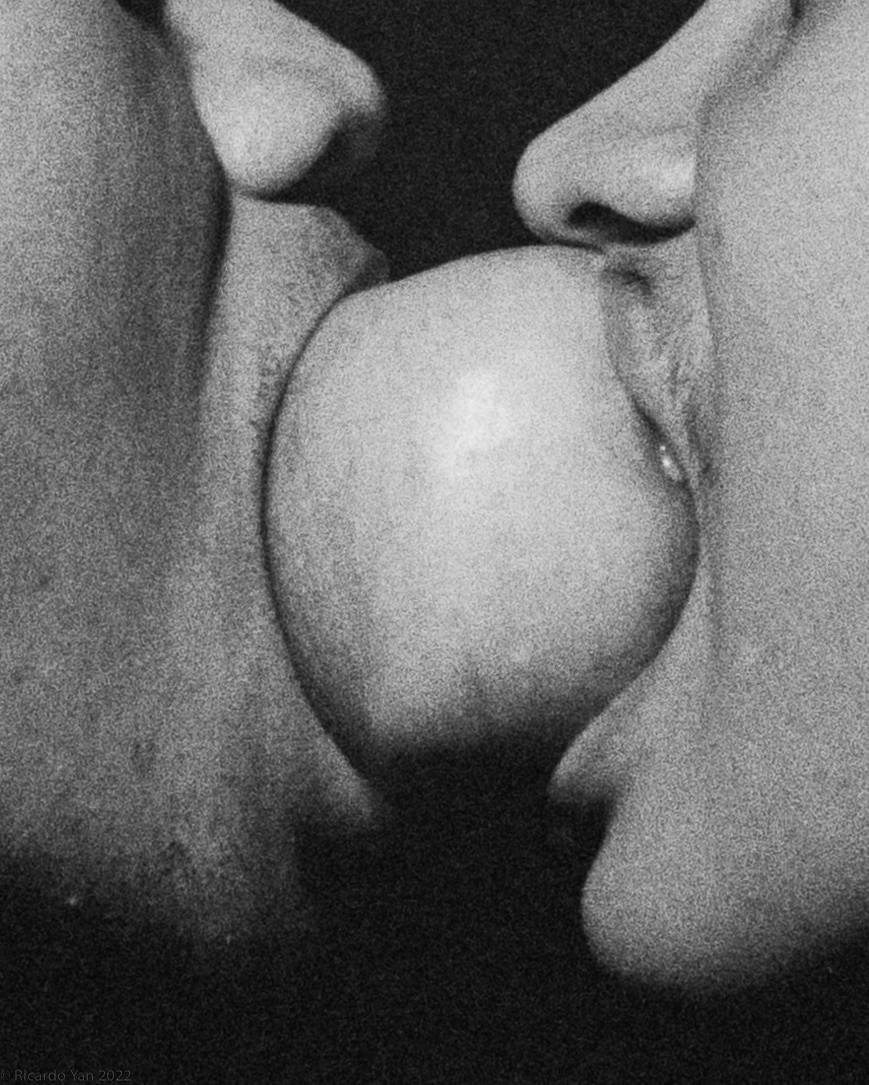



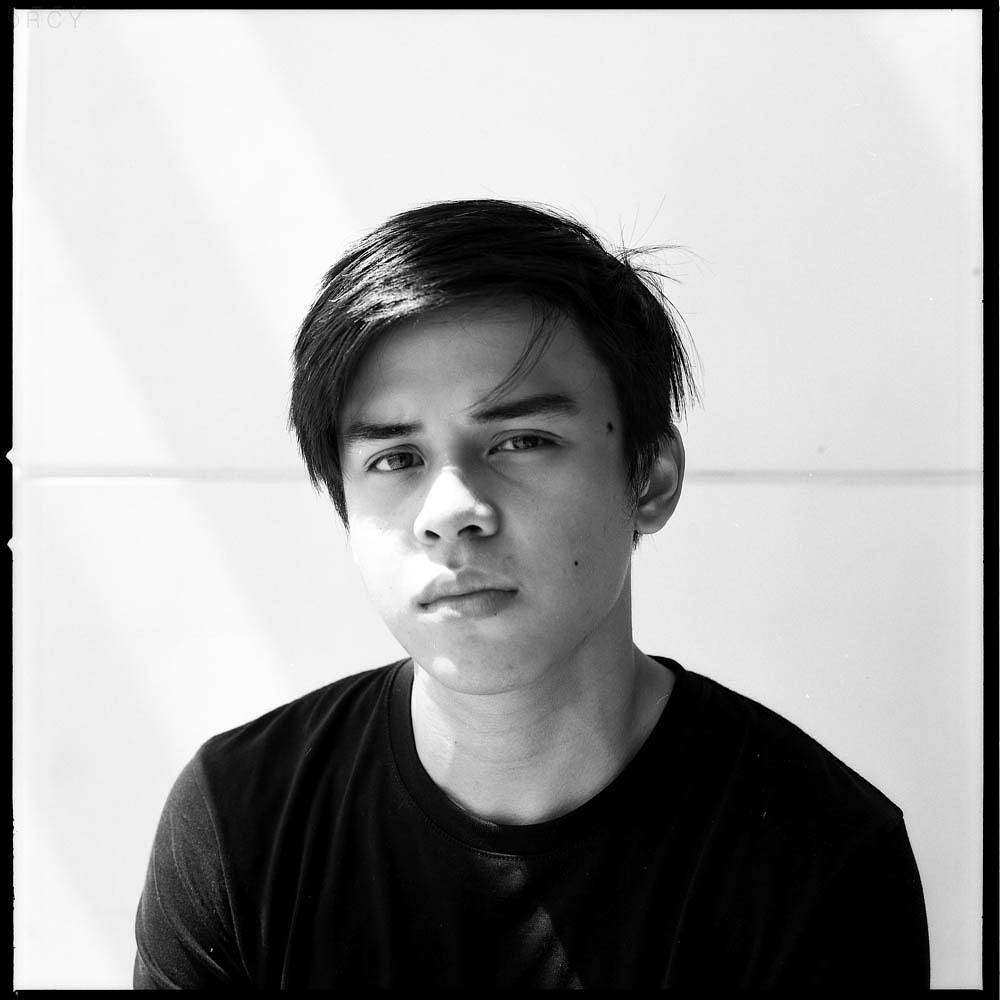











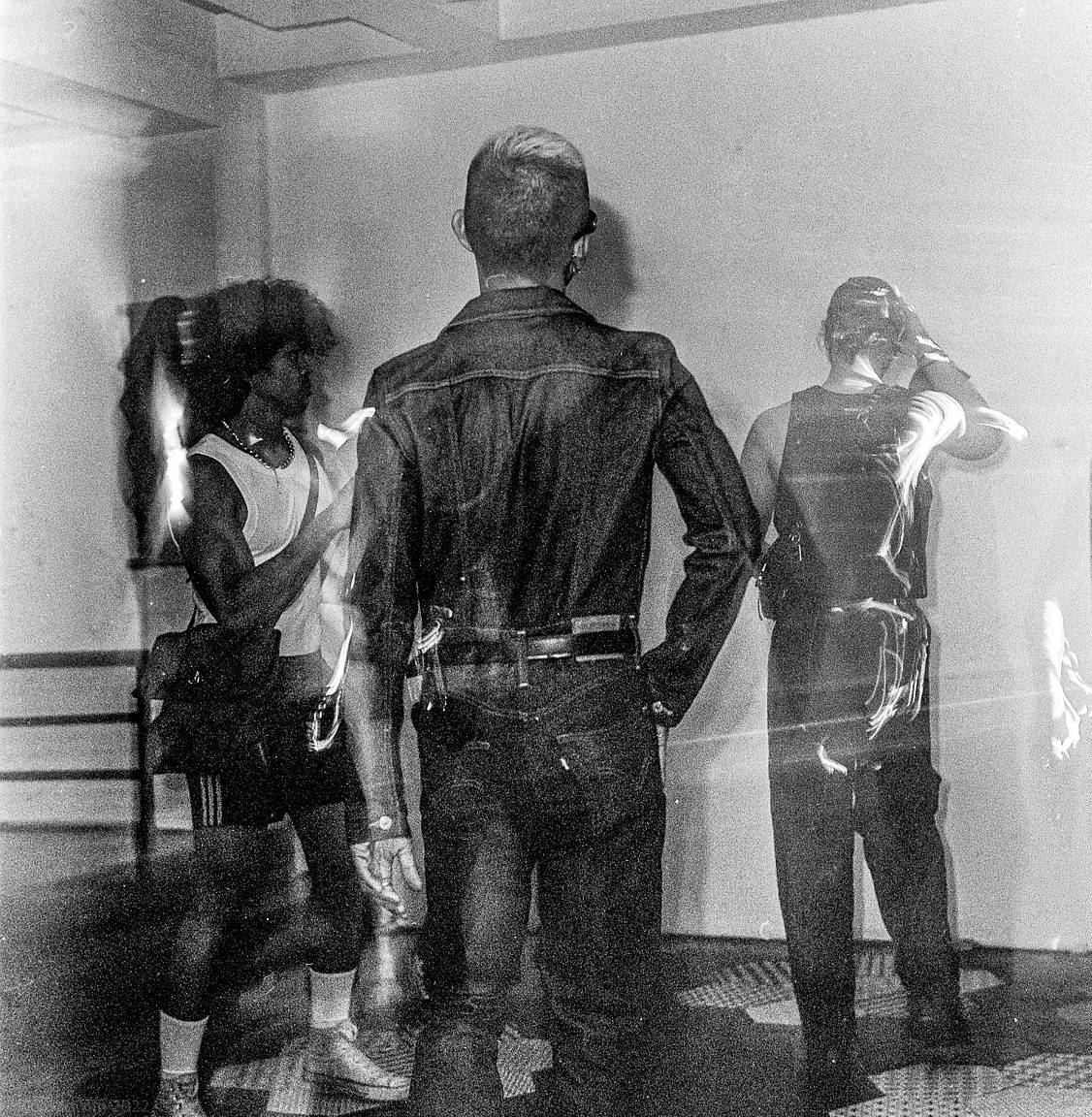
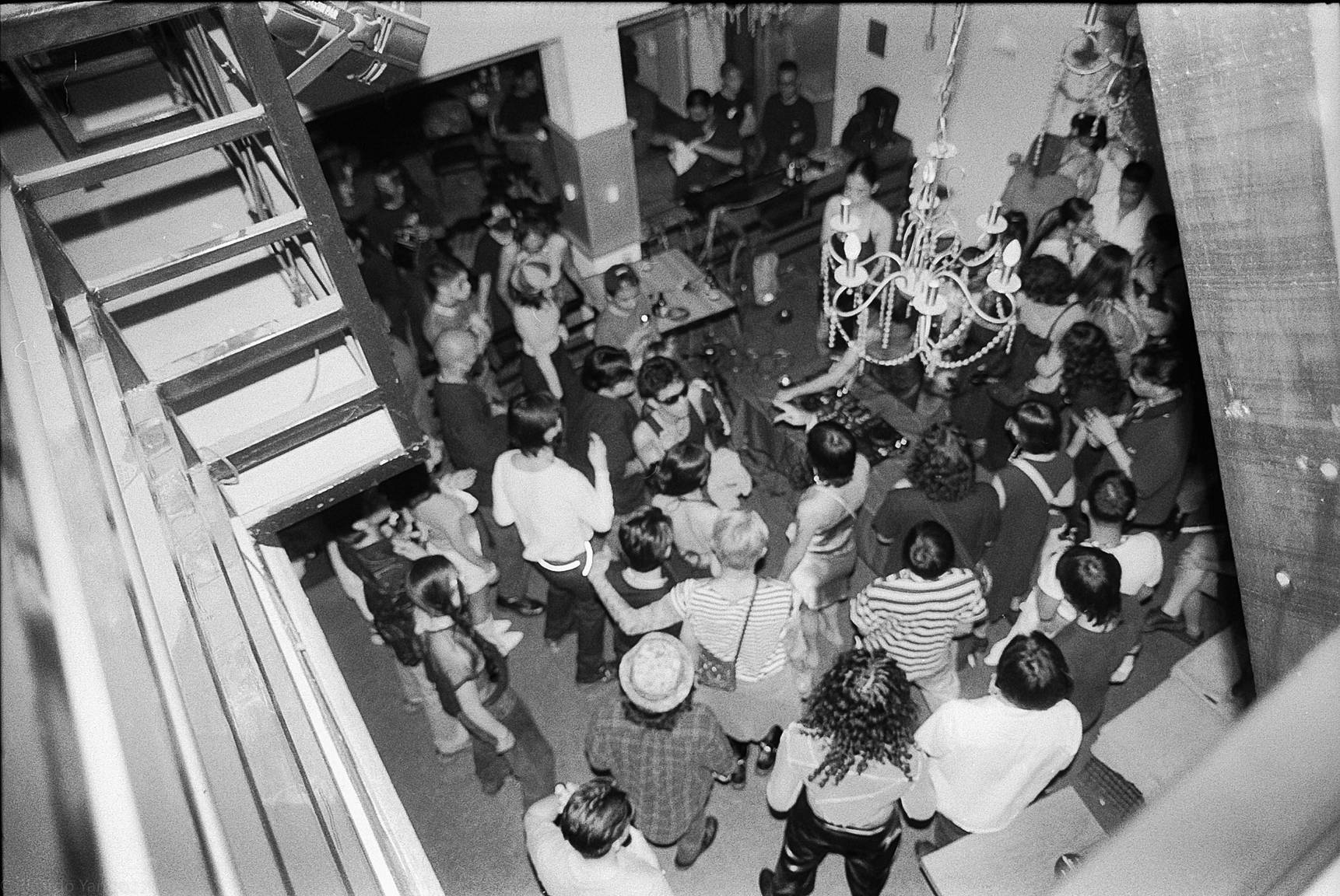


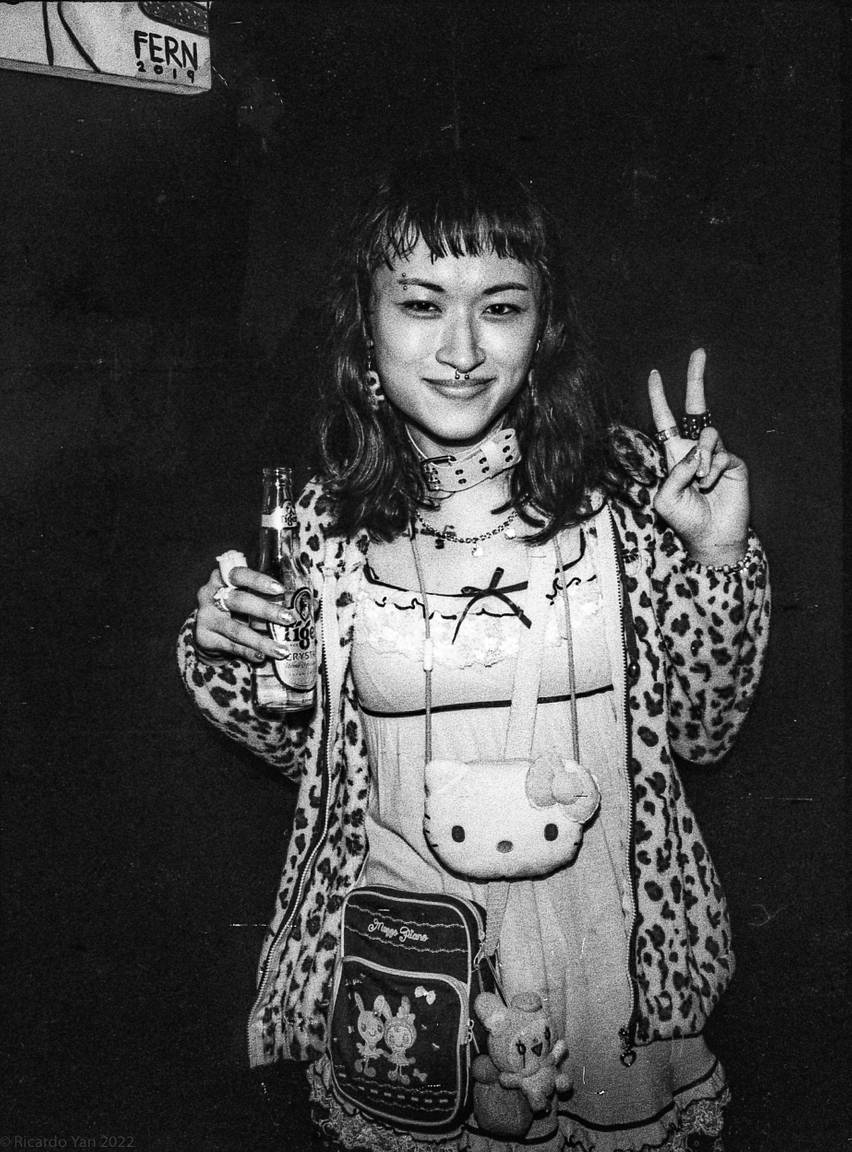
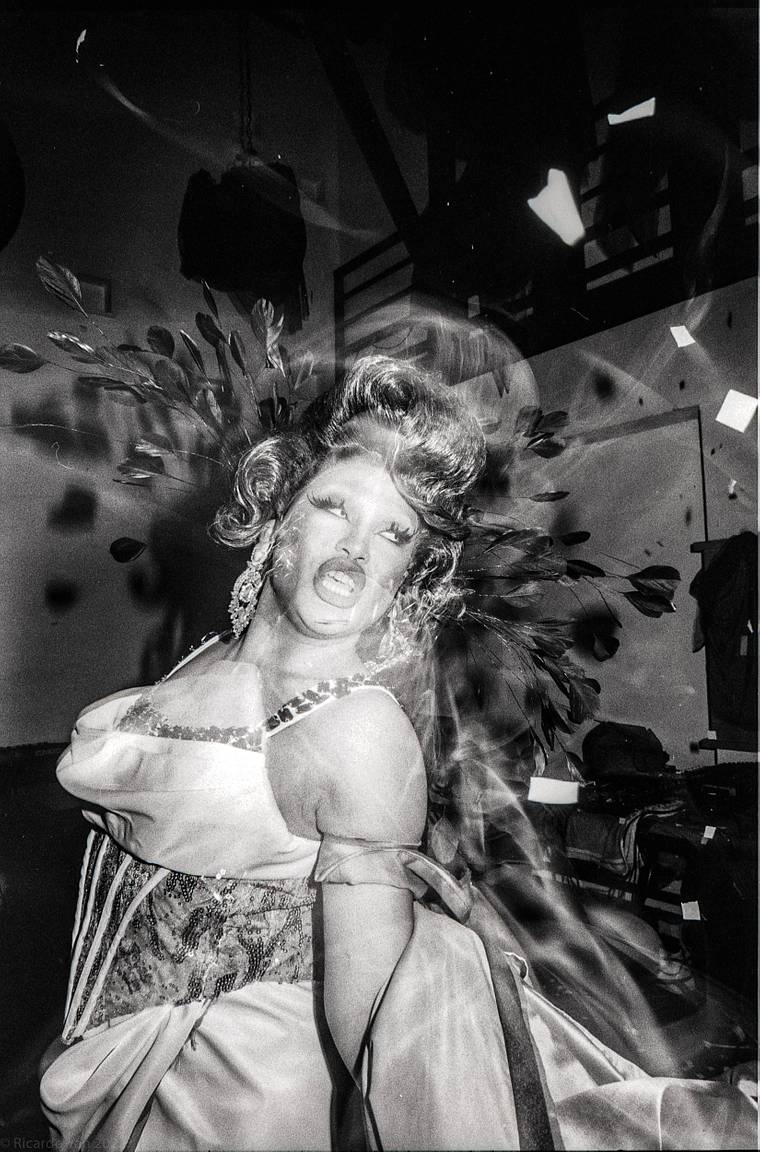



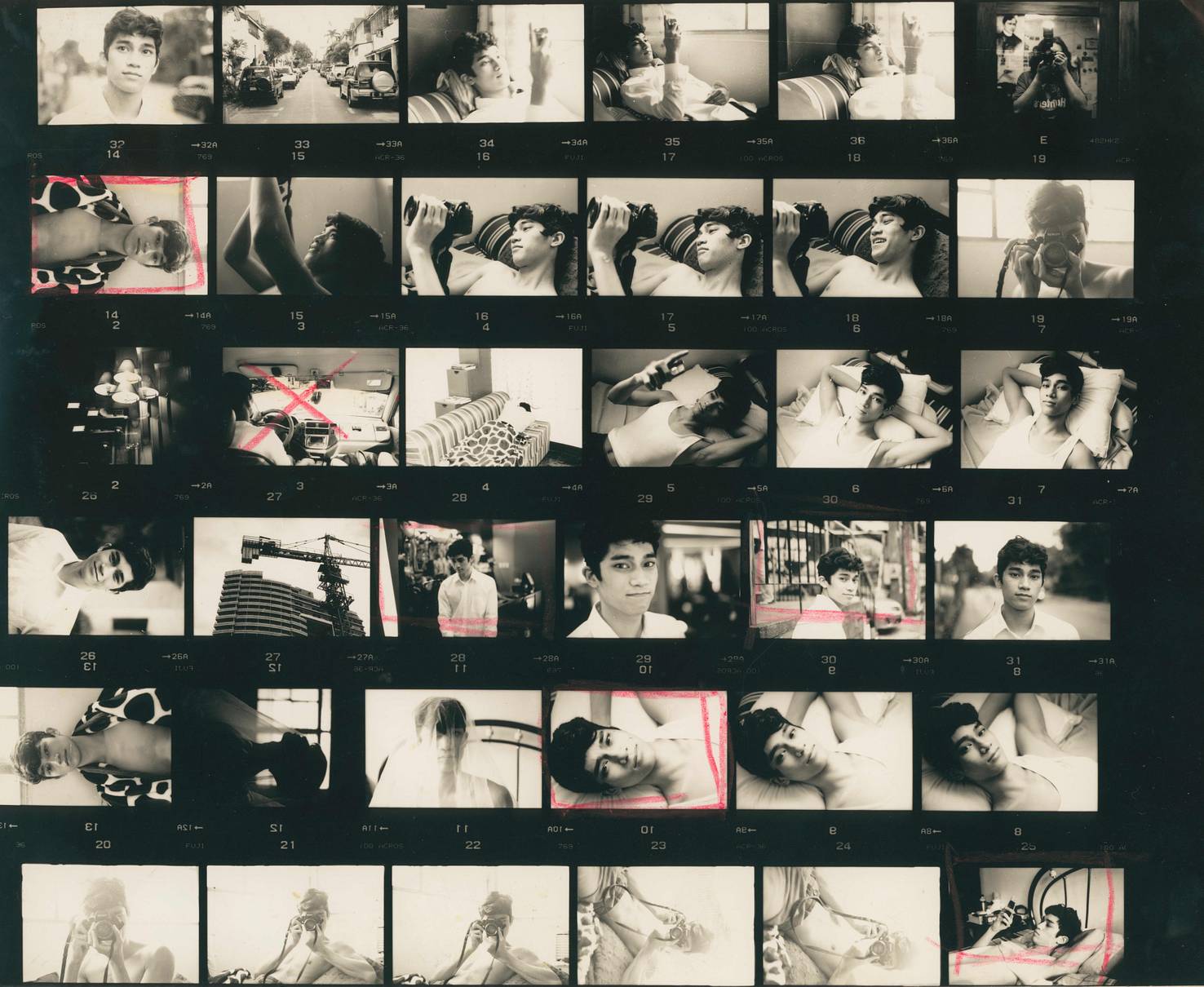
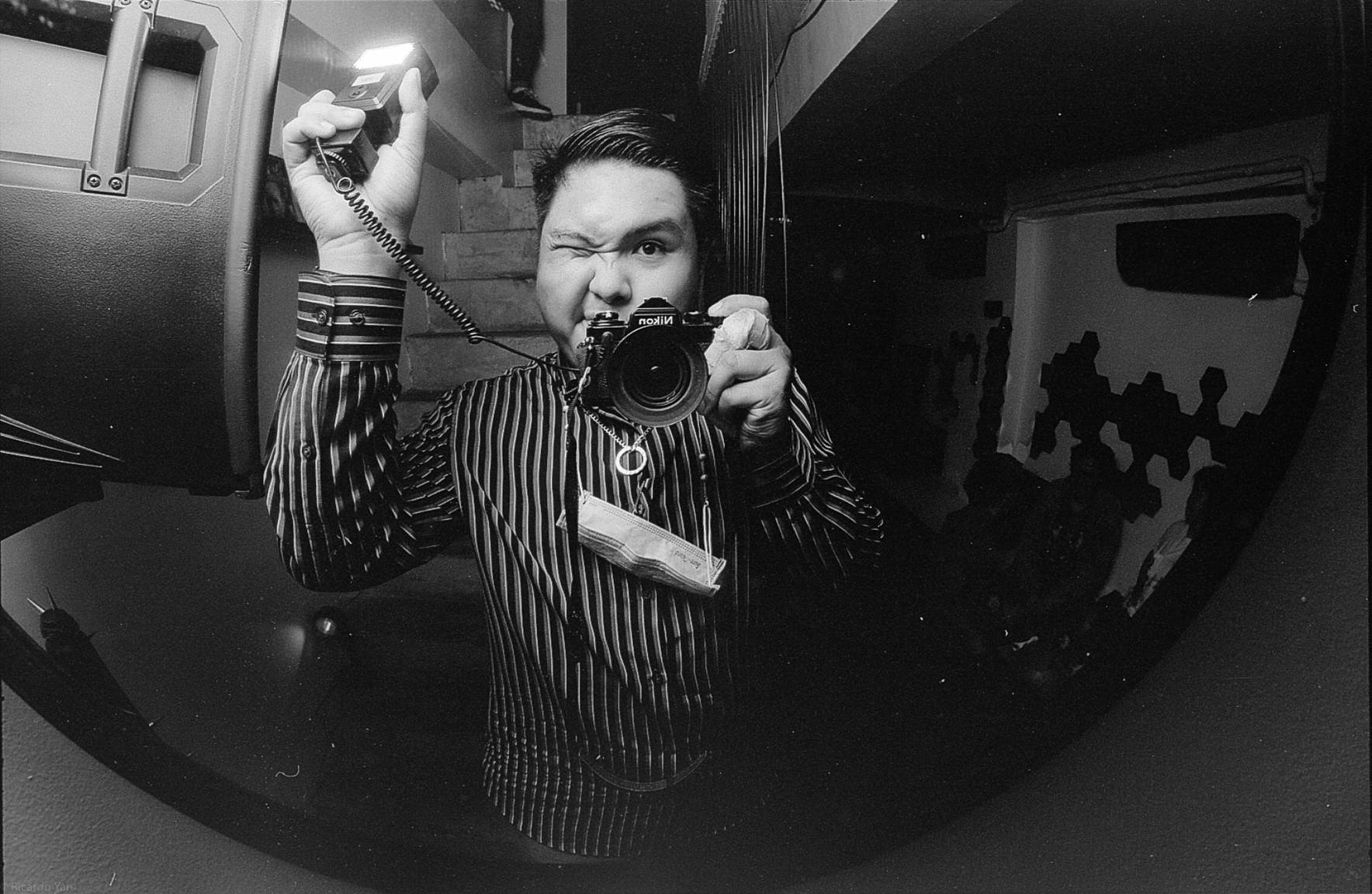




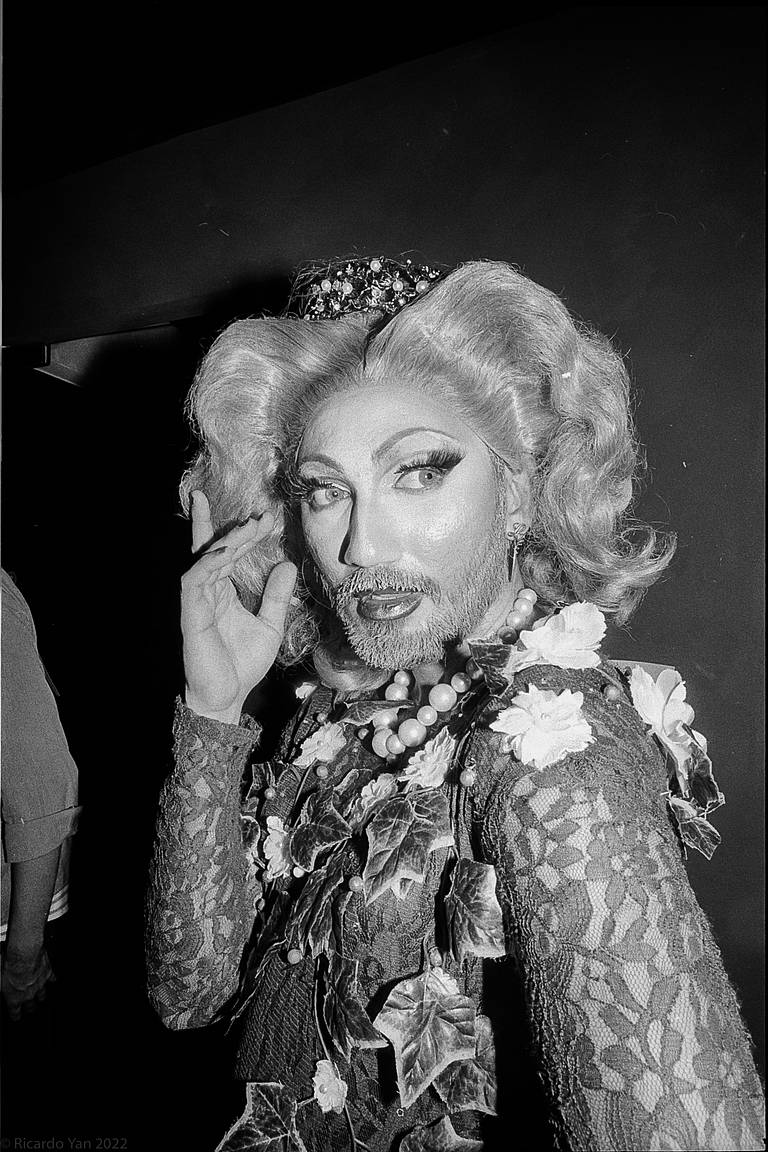





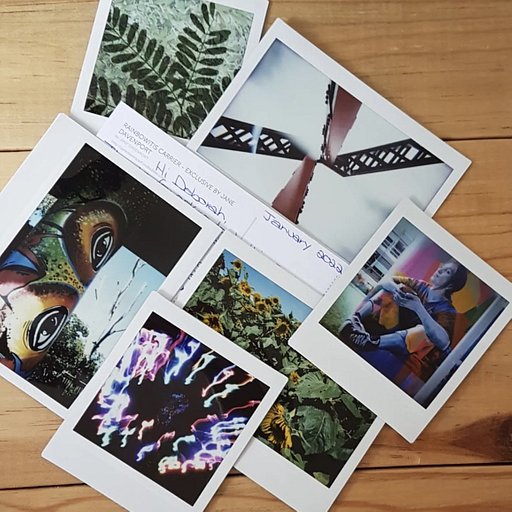











No Comments